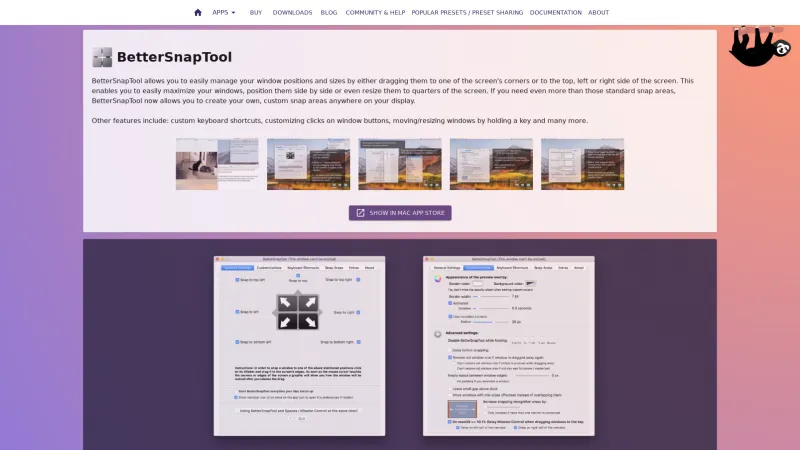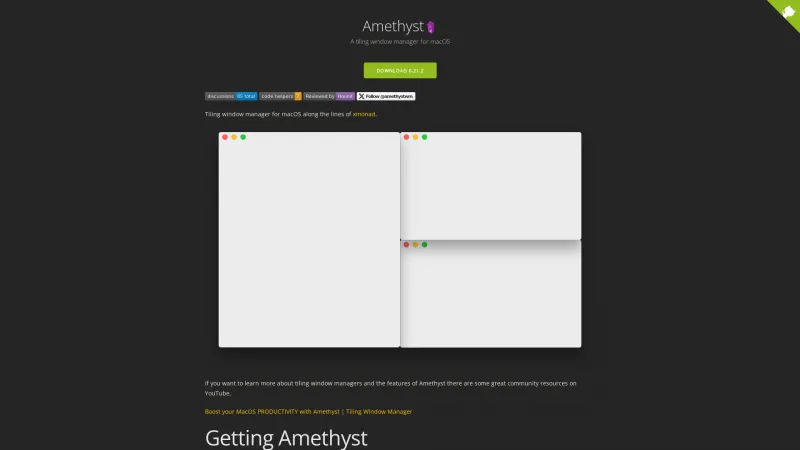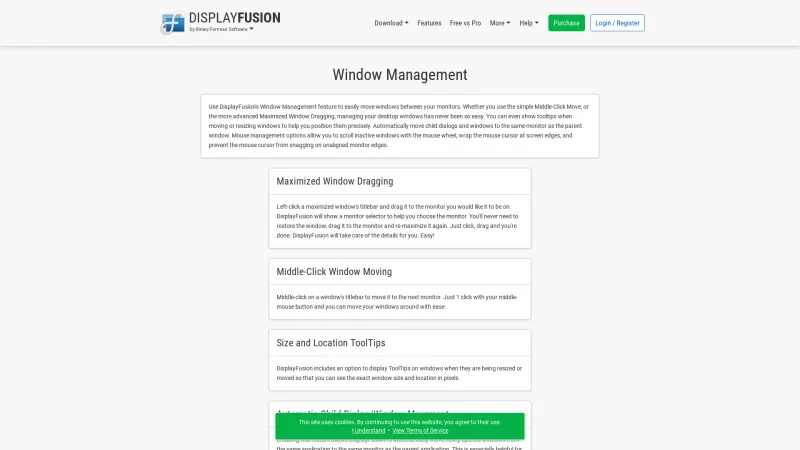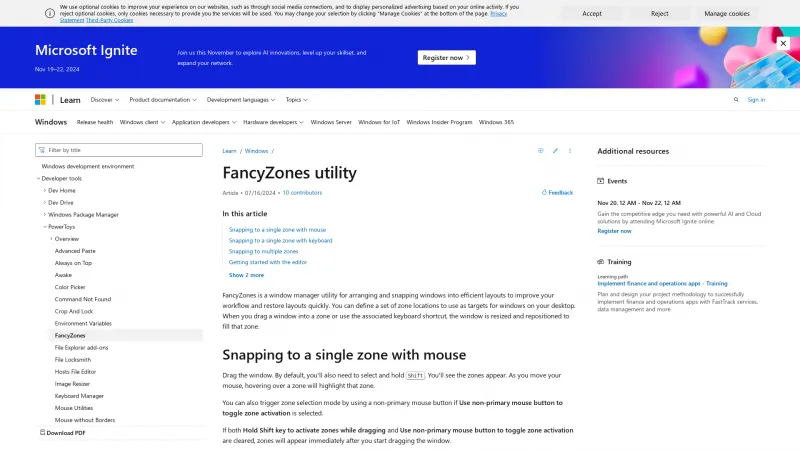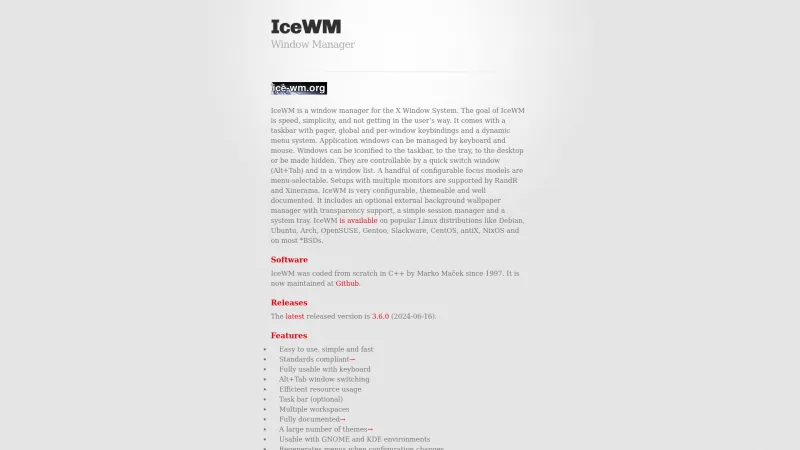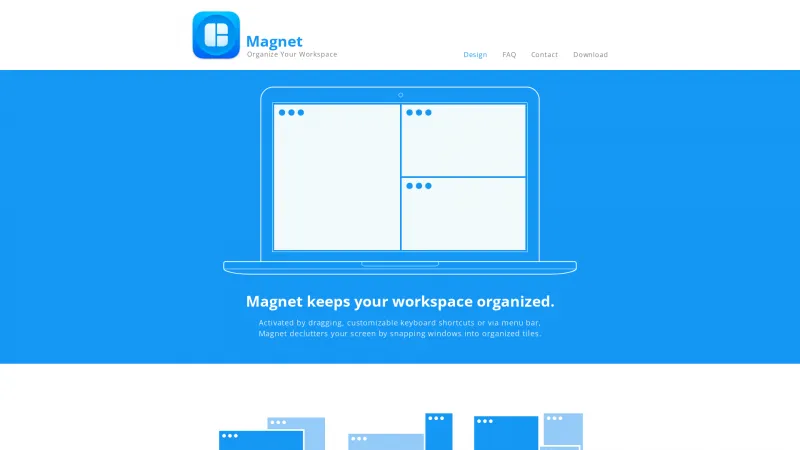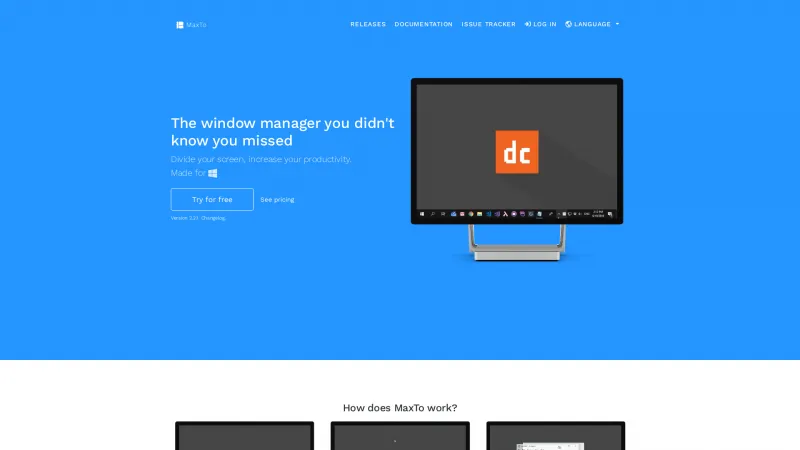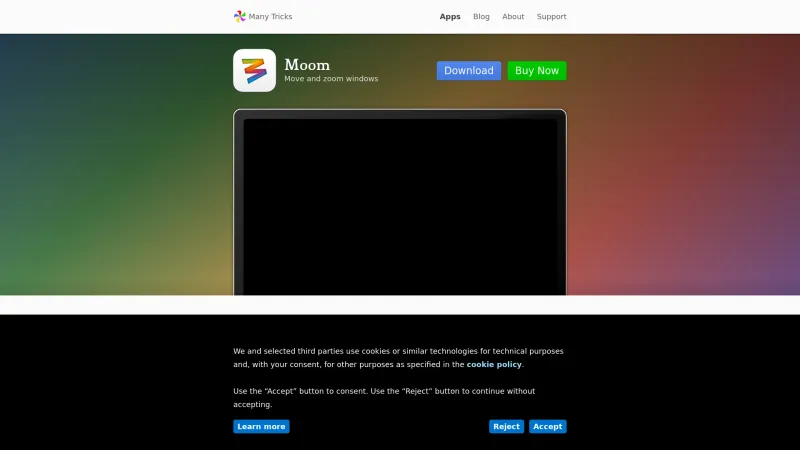Optimize Productivity with Stacking and Tiling Window Managers
Window managers are essential software tools that control the placement and appearance of windows within a graphical user interface (GUI). They solve the problem of managing multiple open applications, allowing users to efficiently navigate and organize their workspace. By providing features such as window resizing, minimizing, maximizing, and tiling, window managers enhance productivity and streamline user interactions. Read more
There are two main types of window managers: stacking and tiling. Stacking window managers allow users to overlap windows, while tiling window managers automatically arrange windows to occupy the entire screen without overlapping. This flexibility caters to different user preferences and workflows.
Window managers are best suited for developers, system administrators, and power users who require a high degree of customization and control over their desktop environment. They are commonly used in various industries, including software development, graphic design, and data analysis, where efficient multitasking and organization are crucial. By optimizing the user experience, window managers contribute to a more productive and focused work environment.
